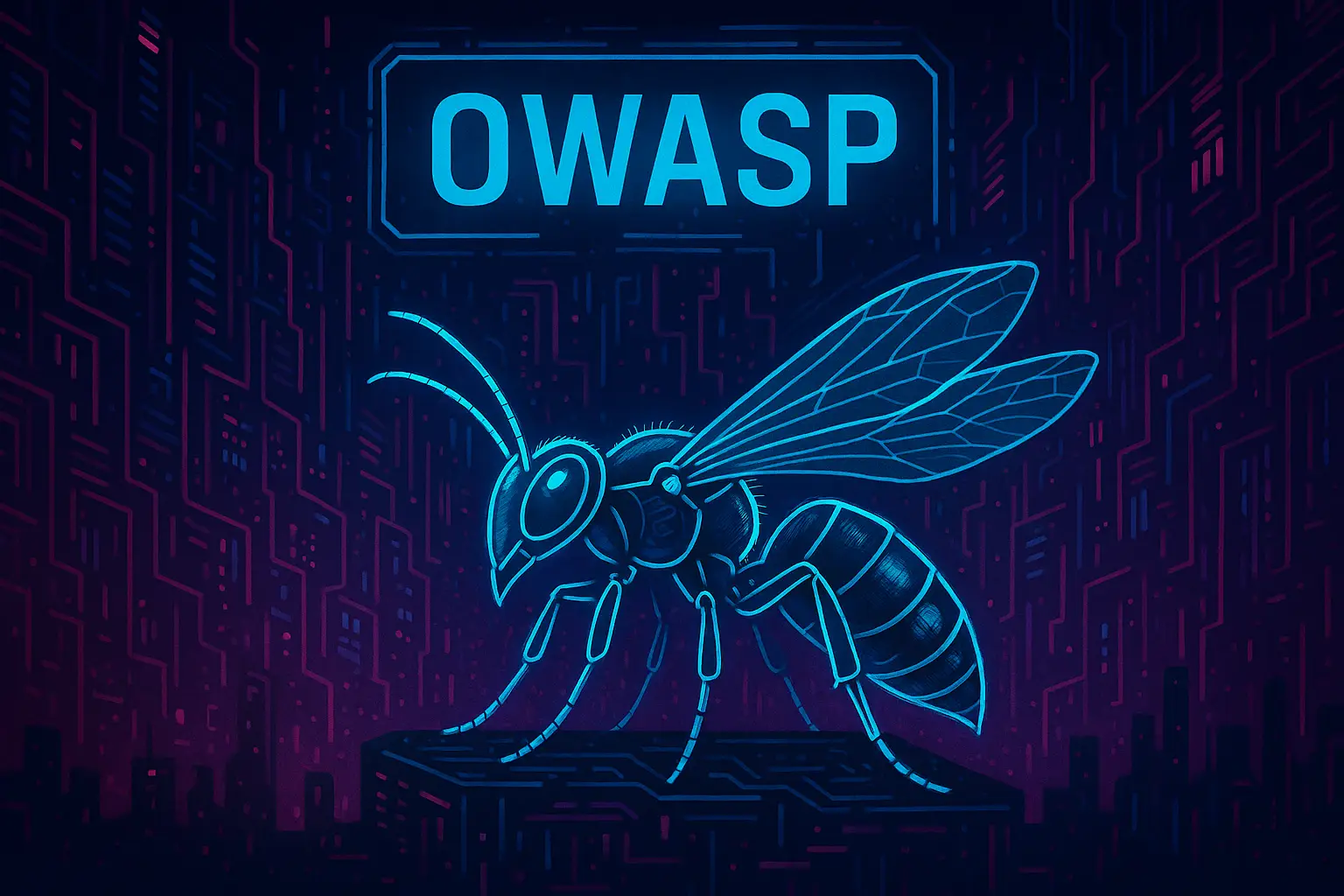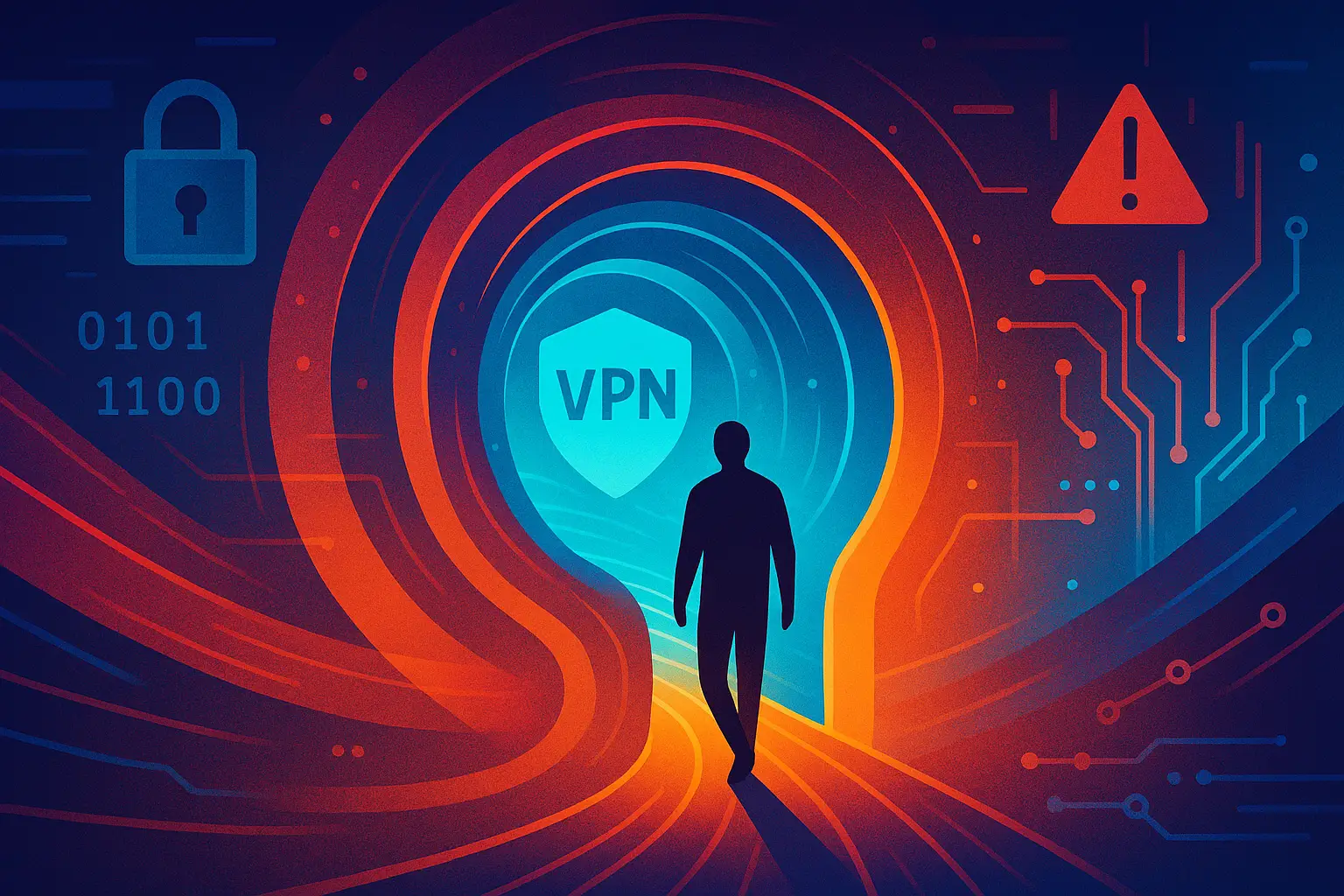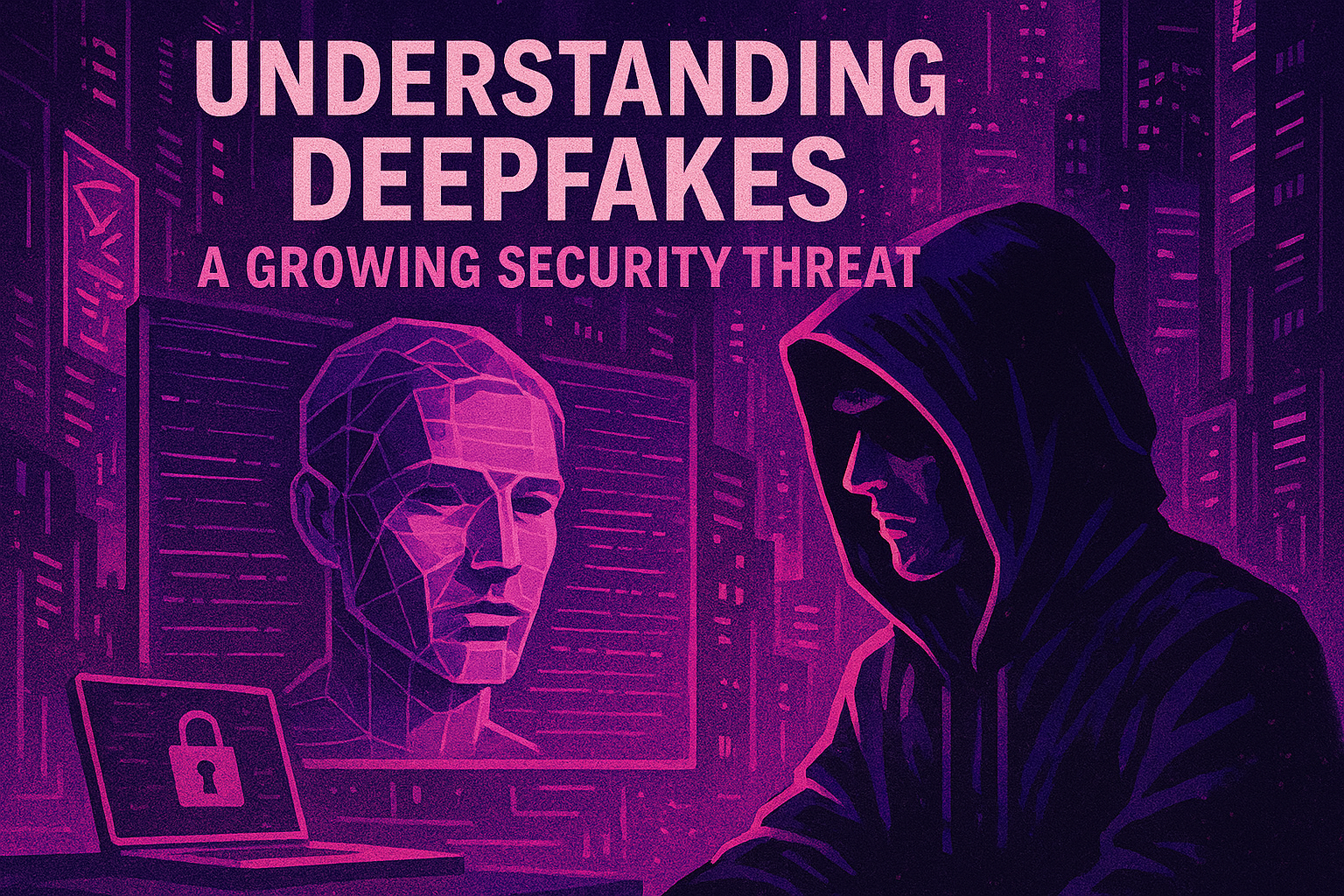Introduction – The Growing Need for Web Application Security
In today’s digital landscape, web applications are the backbone of business operations, customer engagement, and data exchange. However, with this reliance comes increased risk. Cyber threats targeting web applications are more sophisticated and frequent than ever. From data breaches to ransomware attacks, organizations face mounting pressure to secure their digital assets.
What Is OWASP?
OWASP is a nonprofit foundation that works to improve the security of software. It provides unbiased, practical information about computer security and creates freely available tools, documentation, and standards. Founded in 2001, OWASP has become a trusted resource for developers, security professionals, and organizations worldwide.
Its mission is simple yet powerful: to make software security visible so that individuals and organizations can make informed decisions.
The OWASP Top 10 – A Global Standard
One of OWASP’s most recognized contributions is the OWASP Top 10, a regularly updated list of the most critical web application security risks. This list serves as a global standard for developers and security teams, highlighting vulnerabilities such as:
- Injection flaws
- Broken authentication
- Sensitive data exposure
- Security misconfigurations
- Cross-site scripting (XSS)
By addressing these risks, organizations can significantly reduce their attack surface and improve their overall security posture.
Why OWASP Matters to Organizations
OWASP is more than just a list, it’s a framework for building secure applications. Here’s why it’s essential for organizations:
- Compliance and Standards: Many regulatory frameworks (like PCI DSS, HIPAA, and GDPR) reference OWASP guidelines
- Developer Education: OWASP provides training materials and tools that help developers write secure code
- Risk Management: It helps security teams prioritize vulnerabilities based on real-world impact
- Cost Efficiency: Early identification and mitigation of security flaws reduce long-term costs associated with breaches and remediation
OWASP and the Cybersecurity Community
OWASP thrives on community collaboration. With thousands of contributors globally, it fosters a culture of shared knowledge and continuous improvement. Local chapters, conferences (like OWASP Global AppSec), and open-source projects ensure that the latest security practices are accessible to everyone.
This community-driven approach makes OWASP a living resource, constantly evolving to meet the challenges of modern cybersecurity.
Future of OWASP and Application Security
As technology advances, so do the threats. OWASP is expanding its focus to include:
- API Security: With the rise of microservices and cloud-native applications, securing APIs is critical
- DevSecOps Integration: Embedding security into CI/CD pipelines is becoming standard practice
- AI and Machine Learning: OWASP is exploring how these technologies can both enhance and threaten application security
The future of OWASP lies in its adaptability and commitment to staying ahead of emerging threats.
Conclusion – Making OWASP Part of Your Security Culture
OWASP is not just a toolset, it’s a mindset. By integrating OWASP principles into your development lifecycle, training programs, and security strategy, you build a resilient foundation for your web applications.
Whether you’re a developer, SOC analyst, or CISO, embracing OWASP is a proactive step toward safeguarding your organization in an increasingly hostile digital world.






